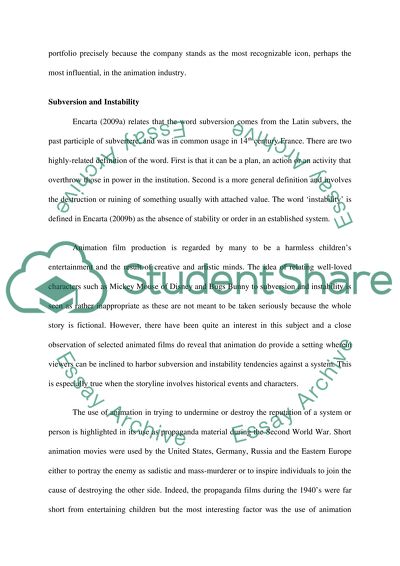Cite this document
(“Bridging Realities: The Effect of Animation on Perception Essay”, n.d.)
Retrieved from https://studentshare.org/biology/1557575-bridging-realities-the-effect-of-animation-on-perception
Retrieved from https://studentshare.org/biology/1557575-bridging-realities-the-effect-of-animation-on-perception
(Bridging Realities: The Effect of Animation on Perception Essay)
https://studentshare.org/biology/1557575-bridging-realities-the-effect-of-animation-on-perception.
https://studentshare.org/biology/1557575-bridging-realities-the-effect-of-animation-on-perception.
“Bridging Realities: The Effect of Animation on Perception Essay”, n.d. https://studentshare.org/biology/1557575-bridging-realities-the-effect-of-animation-on-perception.


